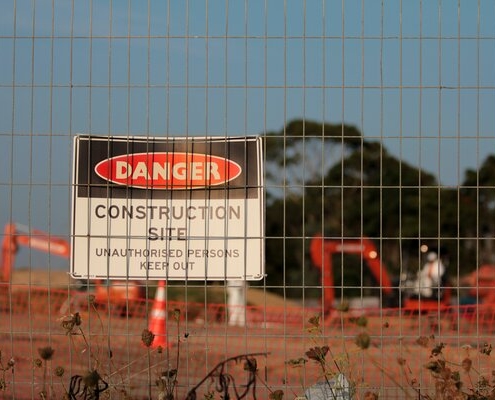Resource Management Strategies When Skilled Resources Are in Short Supply
Photo By Christina@Wocintechchat.com on Unsplash
Skill shortages have made resource management a significant challenge throughout the business world. That means, you need to ensure that your resources deliver the right output when it’s needed. Here are some tips to manage your skilled resources and make that happen.
- Define workload priority with management. It’s rare to have a team member fully dedicated to your project; multi-tasking is commonplace. As you get team members assigned to your project, work with their managers to prioritize their assignments. That way, you and your team members will be in sync regarding the time they’re allocated to your project. For example, maybe a team member’s number one priority is to help the finance department close the monthly books, and their second priority is to work on your project. The best approach is to refrain from scheduling that team member on your project during the first week of every month. While inconvenient, it isn’t as painful as getting behind schedule because you scheduled your resource when they aren’t available.
- Select team members whose skills match the difficulty of the task. You get the best results when a team member has skills that align with the difficulty of the work. If the task is too challenging, your team member could struggle, take too long, and become demoralized. Too easy and the task becomes more annoying than enjoyable—plus, this resource could be used to complete a more difficult task. In other words, the “best and brightest” staff member isn’t always the right person for a task.
- Embrace positive conflict. Project managers sometimes avoid using team members who have a history of conflict with their colleagues. If the issue is a personality clash, it’s appropriate to find someone else. However, if the conflict relates to how to solve a problem or design a solution, conflicting opinions can generate more and better ideas. Although managing this positive conflict takes more time and effort, the project outcomes can be much better as a result. Take a page from the philosophy of former US President Abraham Lincoln; assemble a “team of rivals” to get the best project results.
- Temporarily trade duties with team leaders or technical managers. Some team leaders and technical managers often wish they could drop their leadership and administrative duties and return to producing technical deliverables. Why not give them a chance to do just that? As a project manager, I’ve often temporarily taken administrative duties from a team leader or manager in exchange for them working on a technical task on my project. That gives a valuable resource the opportunity to practice their craft, and you get a better result for your project. It’s a win-win!
Do you have any tips or tricks for using skilled resources to the best advantage? Add them in the comments section!
For more about resource management, check out Daniel Stanton’s Project Management Foundations: Teams course.










